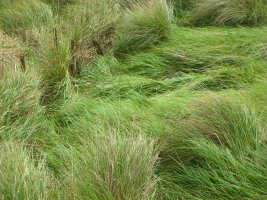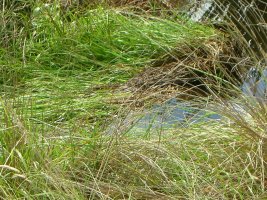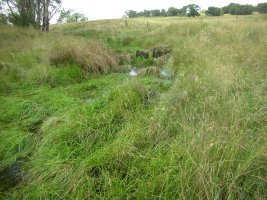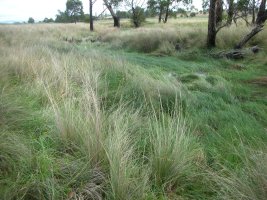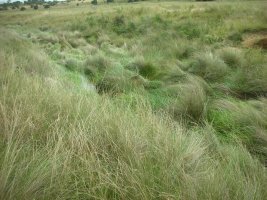- Thread starter
- #941
The Old Ram-Australia
Herd Master
- Joined
- Jan 18, 2011
- Messages
- 978
- Reaction score
- 2,066
- Points
- 303
Yes Bruce,complete .All I need to do now is set up the schedule for joining.The male team,Persain,Awassi,Wiltipol,Aussie White,W.H.Dorperand the Red Meatmaster....T.O.R.Breeding puzzle complete!!!


